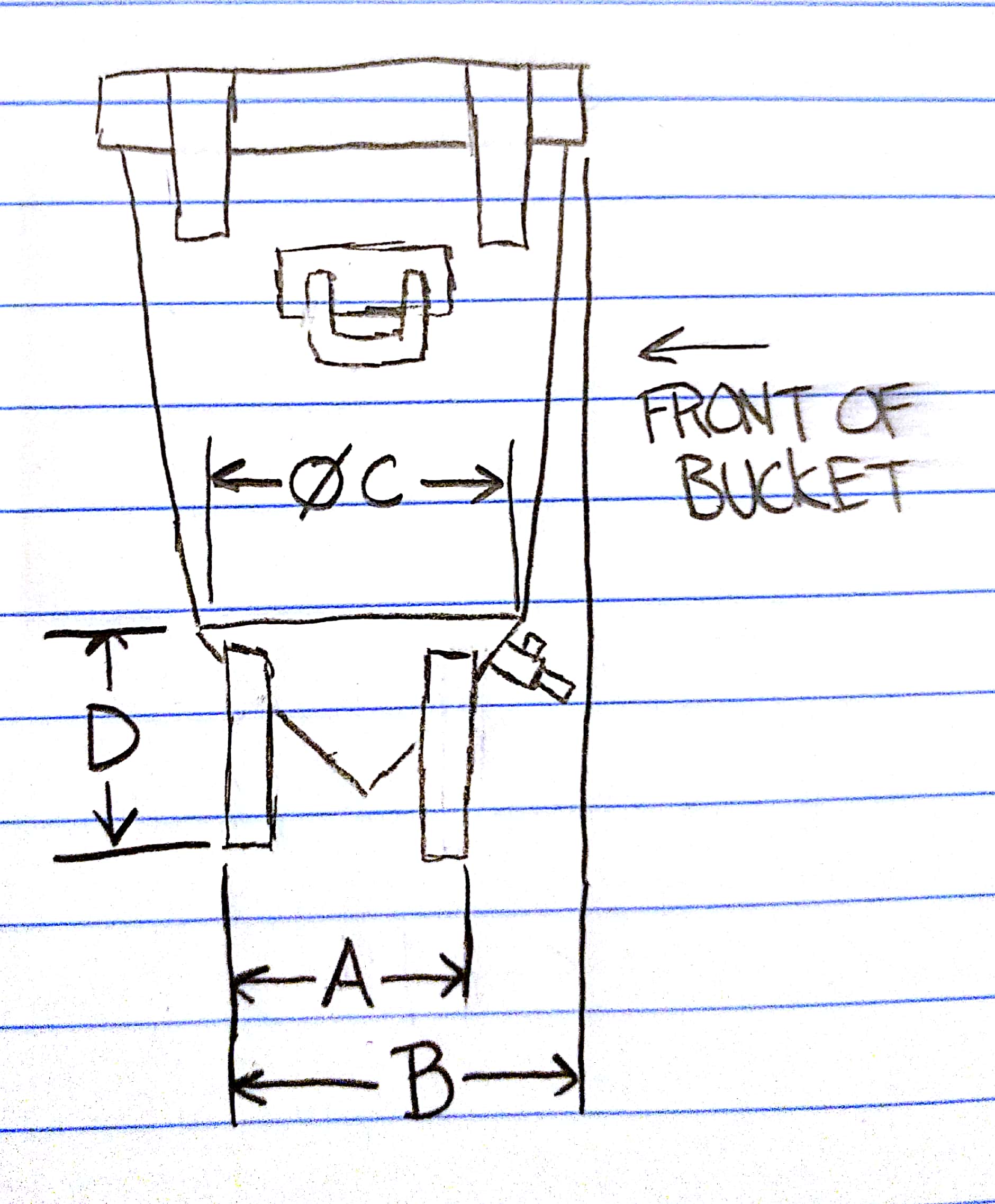I use the spigot to pull a gravity sample and also shoot StarSan into it after I am done. I ferment in a closed mini chest freezer so I don't worry about things getting up in there.
If I did, I would have no issues using a StarSan soaked paper towel stuffed in after I pulled the sample.
If I did, I would have no issues using a StarSan soaked paper towel stuffed in after I pulled the sample.








![Craft A Brew - Safale BE-256 Yeast - Fermentis - Belgian Ale Dry Yeast - For Belgian & Strong Ales - Ingredients for Home Brewing - Beer Making Supplies - [3 Pack]](https://m.media-amazon.com/images/I/51bcKEwQmWL._SL500_.jpg)




















































